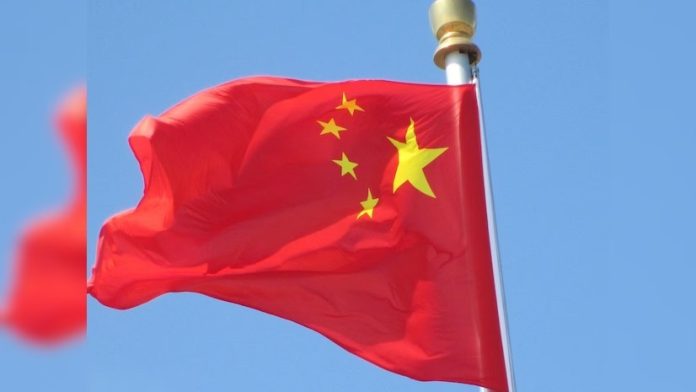China is revamping the Belt and Road Initiative, which has pumped billions of dollars in grants and loans into developing countries over the last ten years. This comes as the country attempts to rein in the risks that plagued its earlier investments, according to a new report released on Monday, The Hill reported.
China has shifted its attention to reducing the risk of not being repaid, its exposure to environmental, social, or governance (ESG) factors, and potential damage to its reputation in the developing world, the report from AidData, a research lab at William & Mary, found.
The report said: “Beijing has launched a far-reaching effort to de-risk the (Belt and Road Initiative) by refocusing its time, money, and attention on distressed borrowers, troubled projects, and sources of public backlash in the Global South.”
“It is learning from its mistakes and becoming an increasingly adept international crisis manager,” it added.
With more than half of its loans now in repayment, China is facing the fallout from the lack of guardrails in place at the outset of its Belt and Road Initiative. About 19 per cent of borrowers had fallen behind on repayments as of 2021, up from seven per cent in 2000, according to the report, The Hill reported.
Beijing is thus shifting away from infrastructure project lending — once a central feature of its initiative — and moving towards emergency rescue lending to ensure its borrowers “have enough cash on hand to service their outstanding infrastructure project debts,” the report said.
The country has also sought to put in place more stringent ESG safeguards, with the risk prevalence rate in the country’s infrastructure project portfolio falling from 63 per cent in 2018 to 33 per cent in 2021, according to the report.
This shift comes as the US and its allies have ramped up their own lending to the developing world in recent years in an effort to compete with Beijing. In 2021, America committed USD 61 billion to low- and middle-income countries, narrowing the gap with China, as per The Hill.
Beijing has also pulled back slightly on its investments in developing countries. It committed USD 79 billion to low- and middle-income countries in 2021, down from an average of USD 117 billion a year between 2013 and 2017.
However, the report warned that Western nations don’t “seem to have a good understanding” of the recent changes China has made to its Belt and Road Initiative.
“Consequently, those who make and shape policy in Washington, London, Paris, Berlin, Tokyo, Rome, and Ottawa increasingly run the risk of competing with a version of the BRI that no longer exists,” the report noted









































